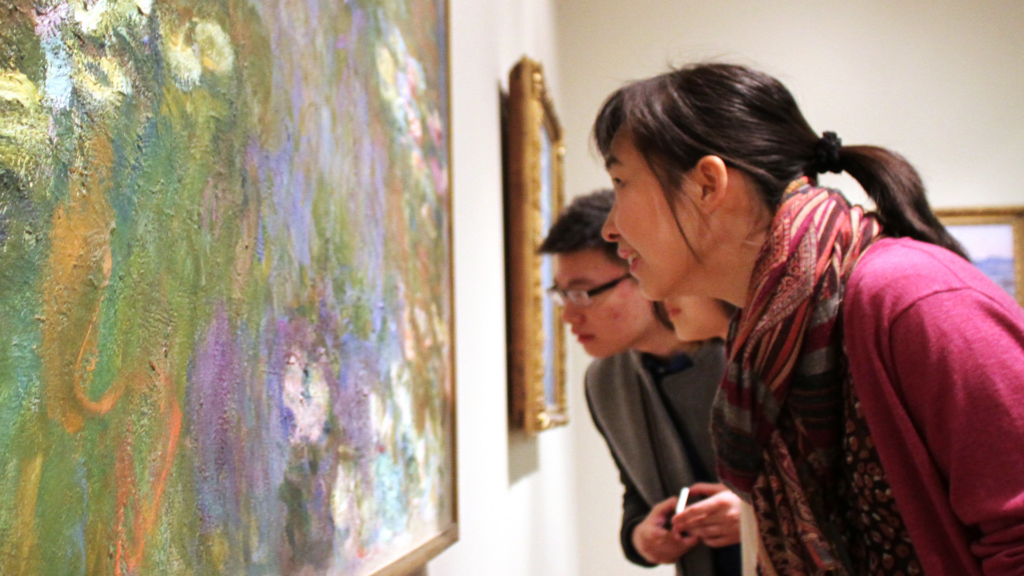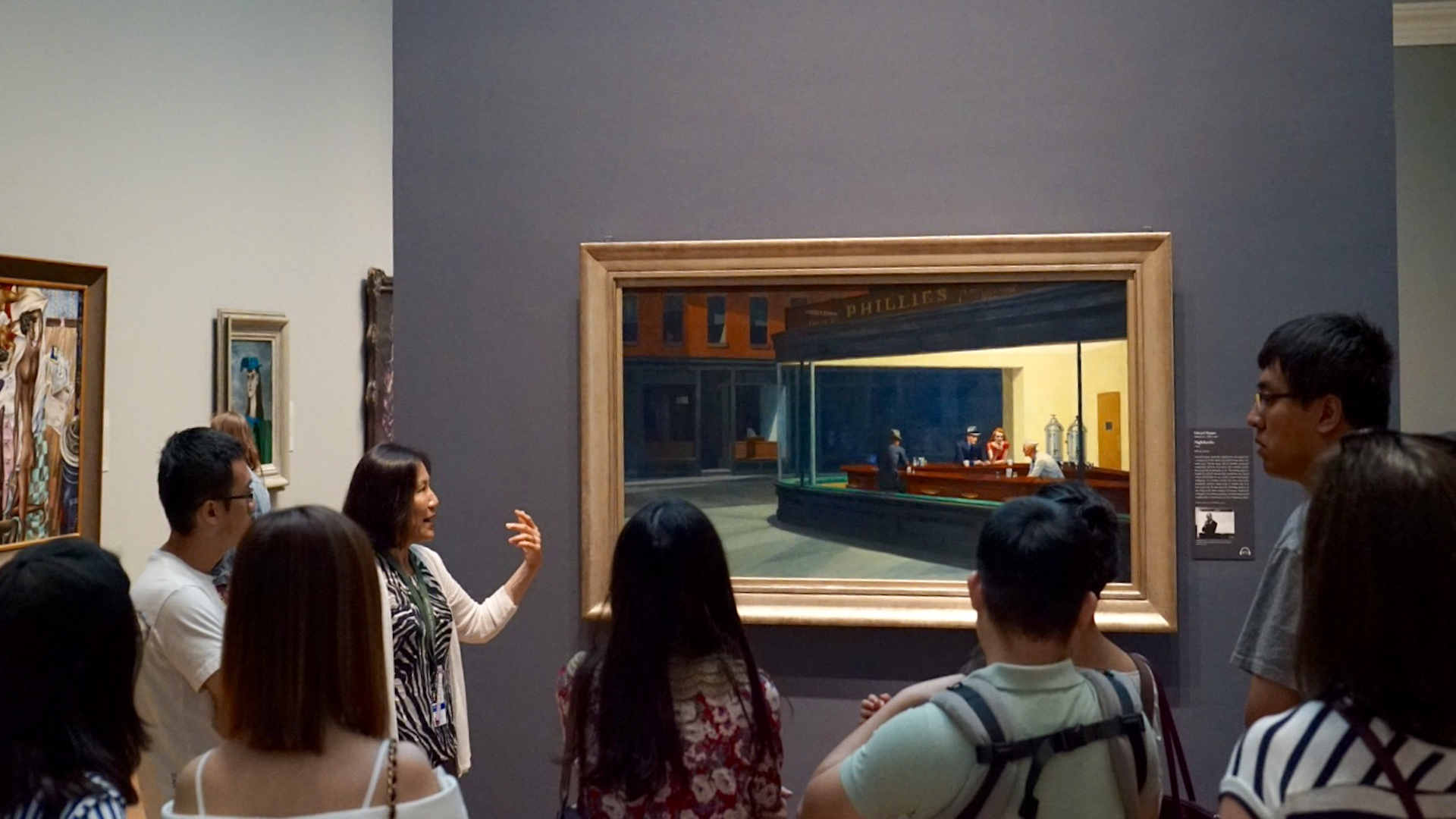This is the first installment of a two-part series on Art Institute of Chicago.
Read part two here.
Chicago has experienced a boom in tourism over the past decade. Catalysed by former mayor Rahm Emanuel’s efforts to rebrand the city as a sparkling hub of art, culture, and fine dining, Chicago drew an unprecedented 58 million visitors in 2019. Although Chinese urban adventures still predominantly concentrate on New York and Los Angeles when visiting the U.S., approximately 250,000 Chinese tourists visited Chicago last year, and Windy City organizations are becoming increasingly adept at attracting and facilitating these visits.
Among the institutions pioneering a China-ready approach is the Art Institute of Chicago (AIC), which boasts an immediate China connection in the form of its diverse collection of Chinese art covering 5,000 years of history — from Bronze Age tomb figurines to contemporary woodblock prints. While such dynastic offerings might serve as a comfortable entry point for Chinese visitors, the institution is still striving to expand its engagement beyond this collection in the form of China-centric events, in-house Chinese language resources, and a Chinese social media presence.
Before visitors arrive to mount the museum steps on the shores of Lake Michigan, however, AIC must create awareness among Chinese visitors and local Chinese communities. To do so, it is working closely with Choose Chicago, the city’s official destination marketing representative, which fosters relationships with Chinese travel agencies and government organizations and conducts regular roadshows in the country.
“China is one of the top tourist markets in Chicago,” says Julie White, Tourism Marketing Manager at the museum — a point confirmed by the steady growth in Chinese market share from 5 percent in 2013 to 13 percent in 2018. One potential barrier to future growth, however, is a perception of inaccessibility, and research shows that “Chinese travelers consider museums different from other attractions because they require background knowledge.”

The museum takes followers inside its vast collection through WeChat posts. Image: AIC WeChat
While this feeling isn’t unique to Chinese visitors, the intimidation posed by a grand, classical exterior and an interior filled with predominantly western interior shouldn’t be underestimated. To overcome the education hurdle, AIC has fashioned tools specifically for Chinese visitors to help them experience permanent collections and special exhibitions in a smoother and more welcoming manner. This includes providing basic information through a Chinese-language pocket guide and added in-depth content via Chinese-language audio guides, docent tours, and the museum’s WeChat, Weibo, and Oasis accounts.
AIC uses its Chinese social media platforms to keep audiences aware of upcoming exhibitions and give insight into some of AIC’s most celebrated works. Recent posts have explored the classic American paintings “American Gothic” by Grant Wood and “Nighthawks” by Edward Hopper. Beyond education, the WeChat account connects to the museum’s digital shop (English only) and a landing page through which users can buy museum tickets and a range of Go Chicago packages.
The museum’s Chinese resources are proving popular: its social media accounts receive thousands of monthly readers and its Mandarin audio guide ranks second only to English. Now, with a WeChat Mini Program in the works, AIC hopes to concentrate its Chinese-language resources into a single space with features that will make visits more interactive.

AIC’s collection includes western masterpieces by the likes of Georges Seurat and Vincent van Gogh. Image: AIC.
But there’s yet another branch of AIC’s China-strategy, and that is events. These range from elaborate Lunar New Year celebrations — complete with traditional art activities and Chinese language talks — to occasions connecting high-profile exhibitions to Chinese audiences. This held true in 2019 when the museum curated the largest Andy Warhol retrospective in 30 years. During the show, the museum used social media to highlight the ongoing relevance of the American modern master, pushed ticket sales through local Chinese partners, and invited a Chinese KOL to beam “Andy Warhol — From A to B and Back Again” to hundreds of thousands of followers.
Other exhibitions will take a more direct approach, such as this summer’s “Cosmoscape” which brings together ink works by contemporary painter Tai Xiangzhou. “We host Asian-themed exhibitions meant to attract Chinese visitors,” White plainly states.
Having forged strong China connections through Andy Warhol last summer, AIC’s initiatives should see “Cosmoscape” well-received by the local Chinese community when it opens later this year.
This is the first installment in a two-part series on Art Institute of Chicago.
Additional reporting by Diana Cerqueira.



